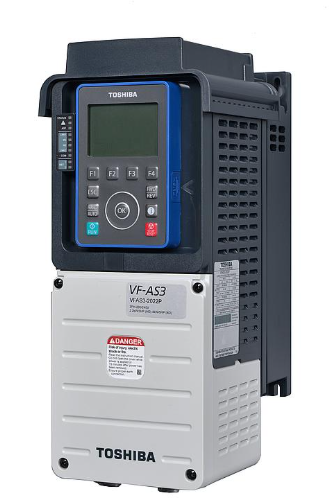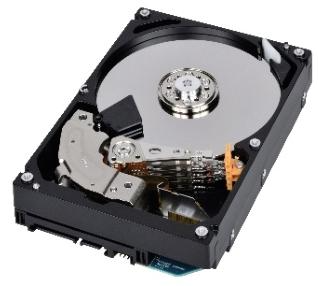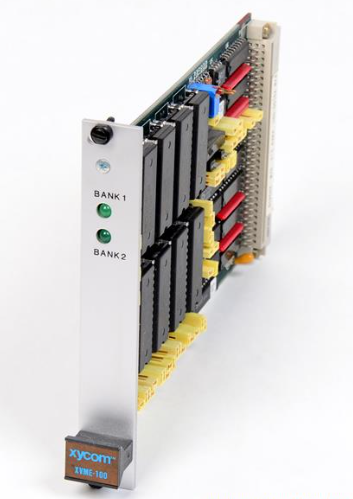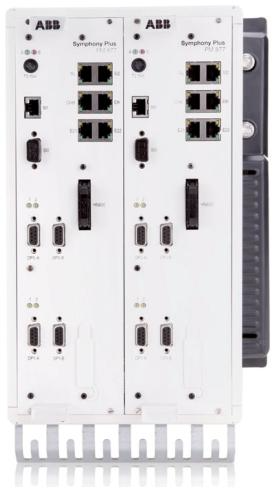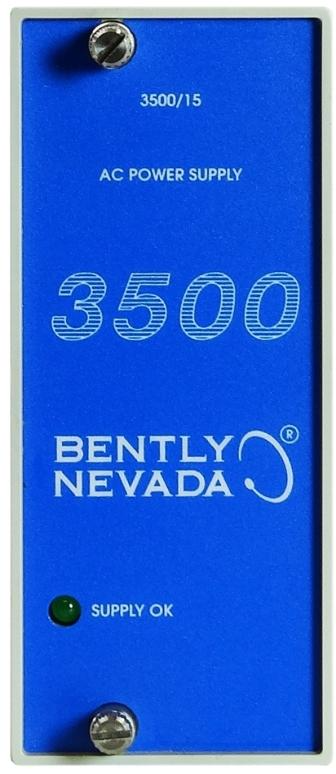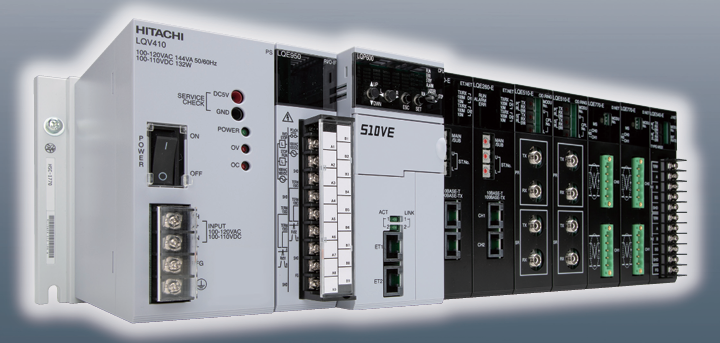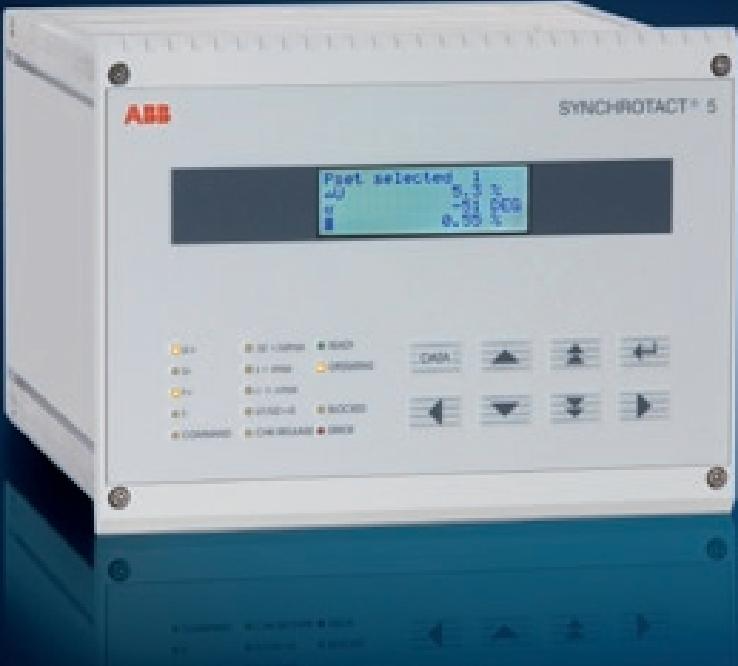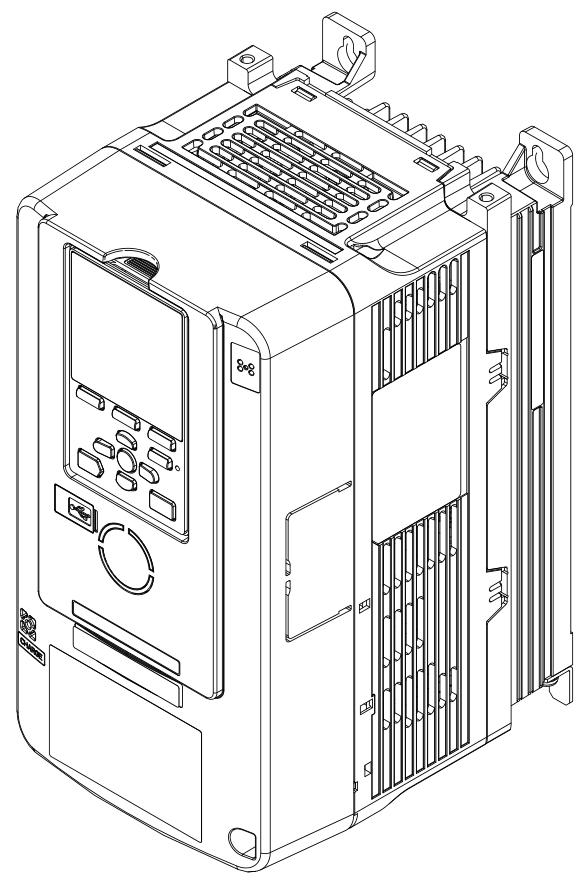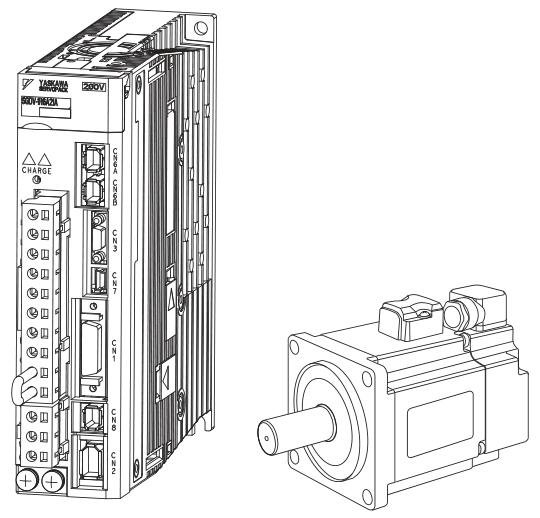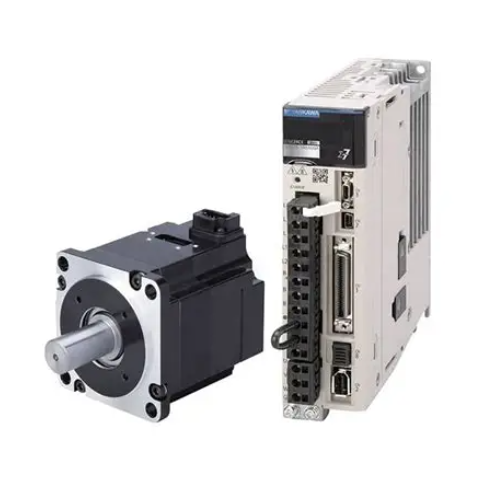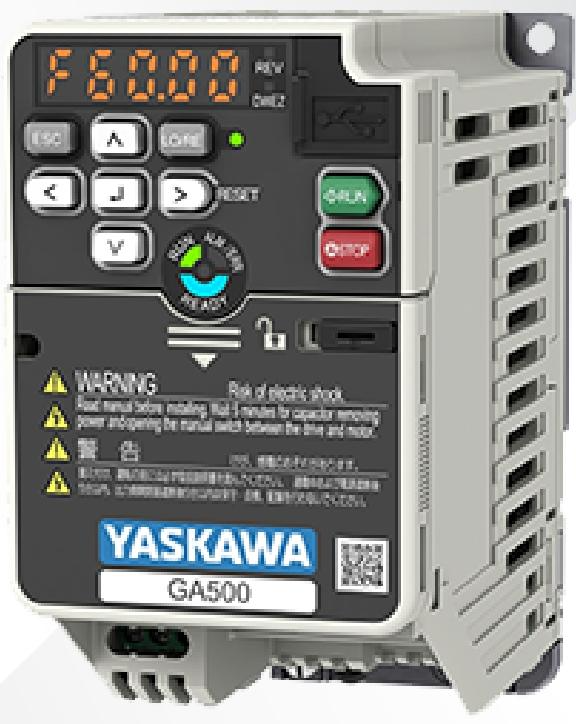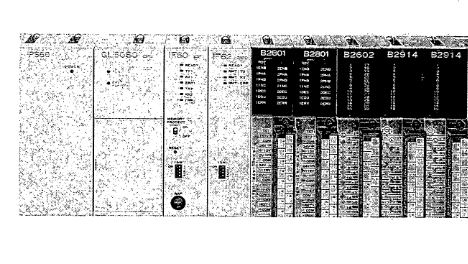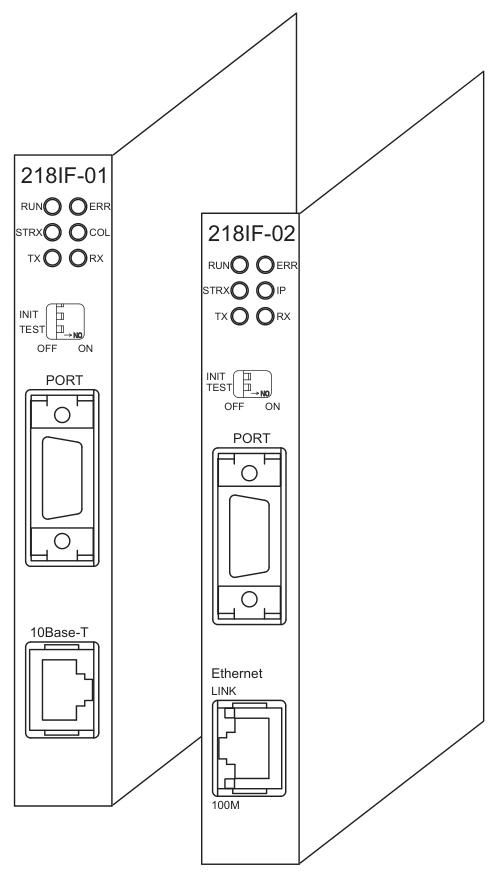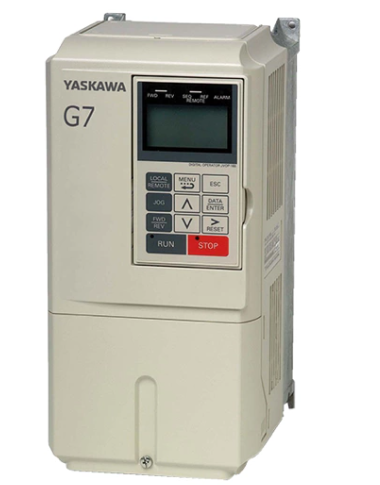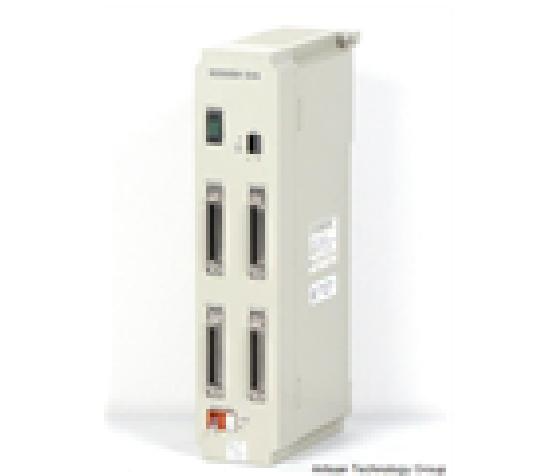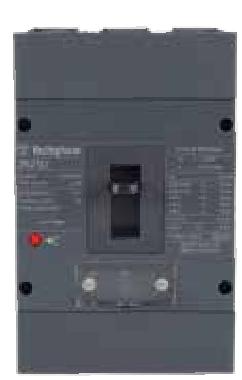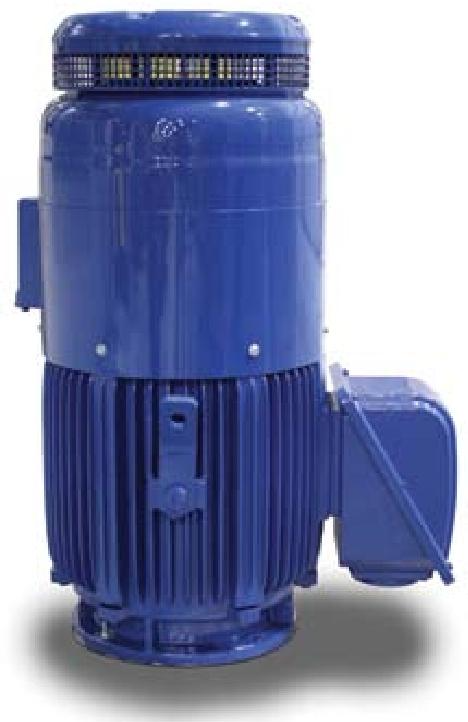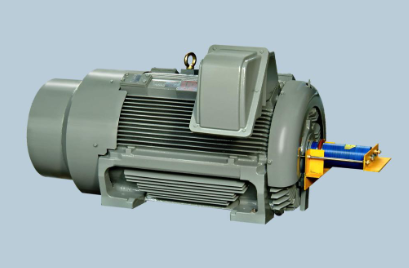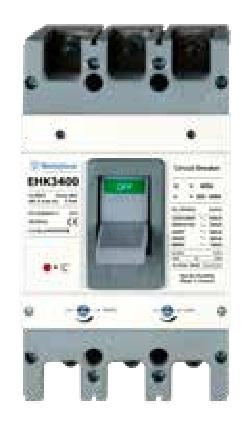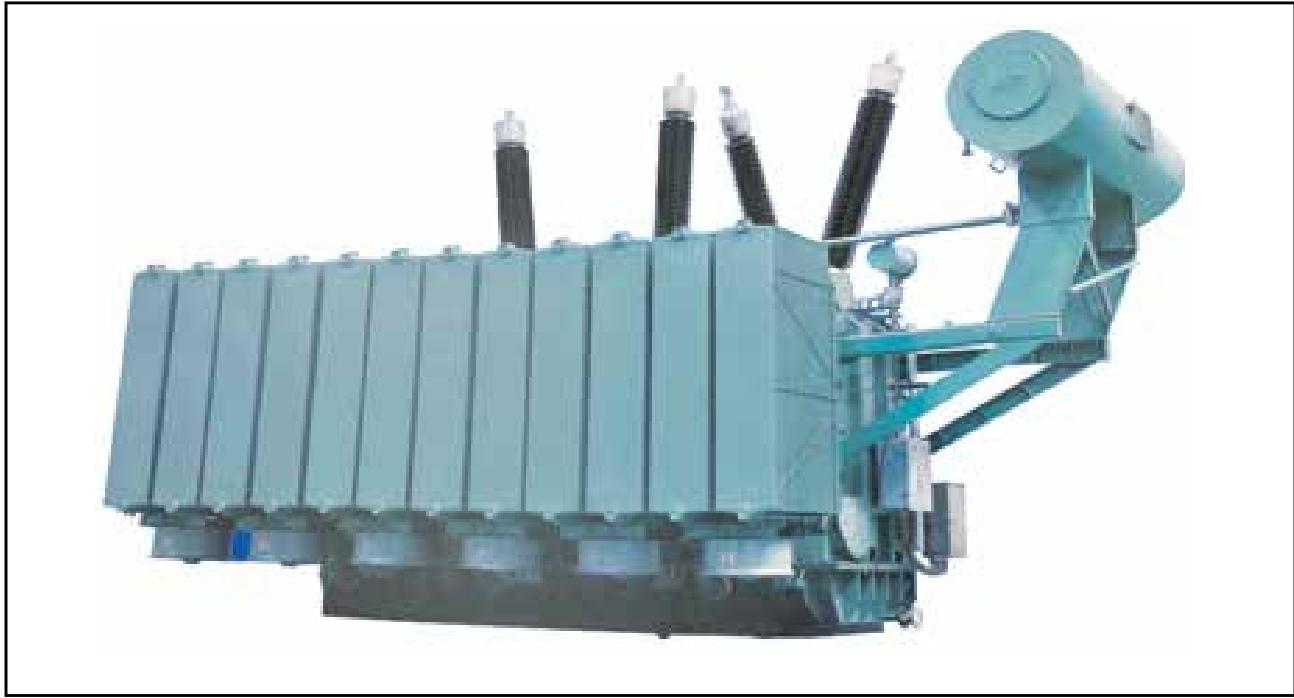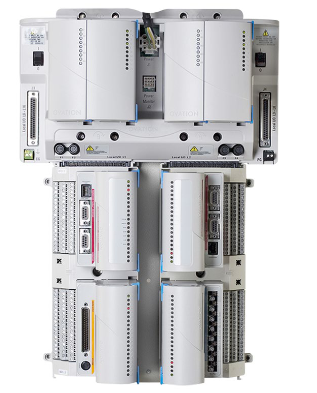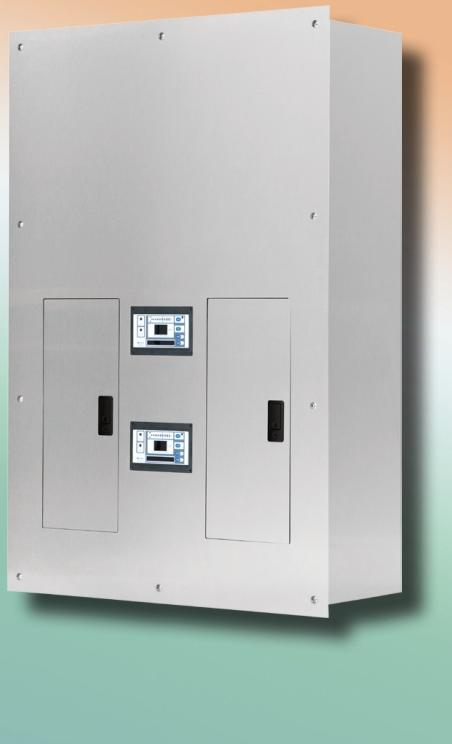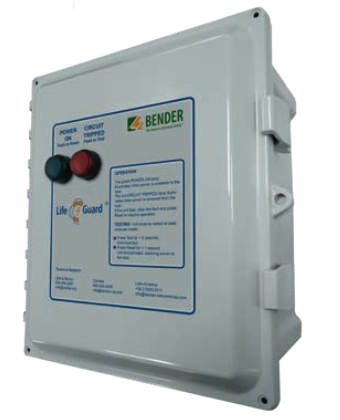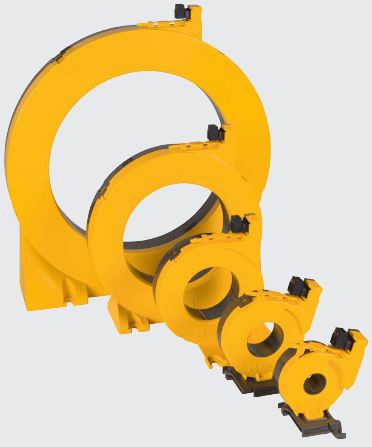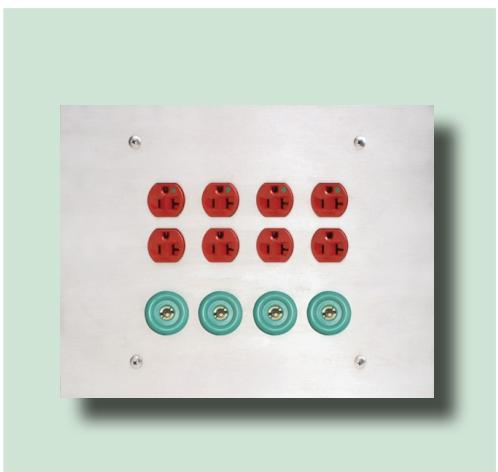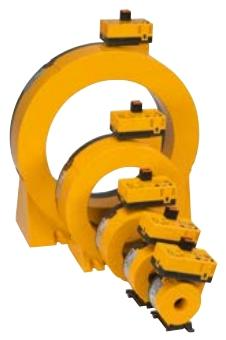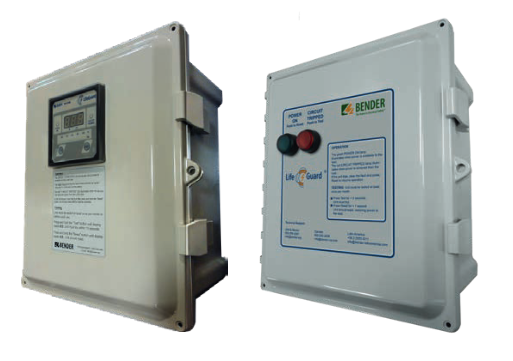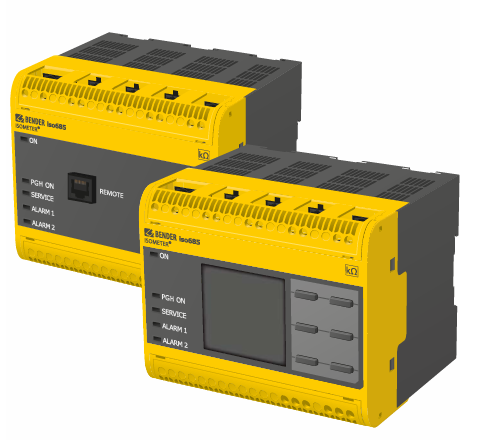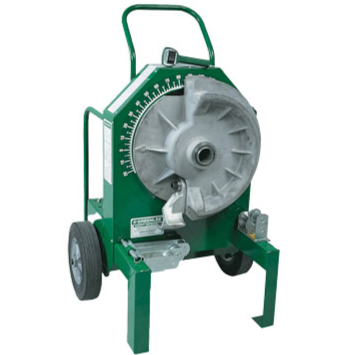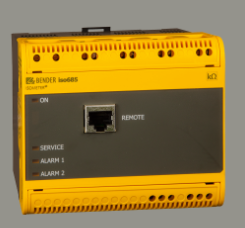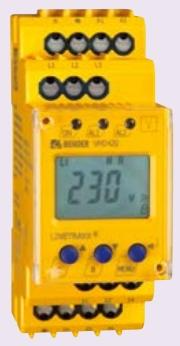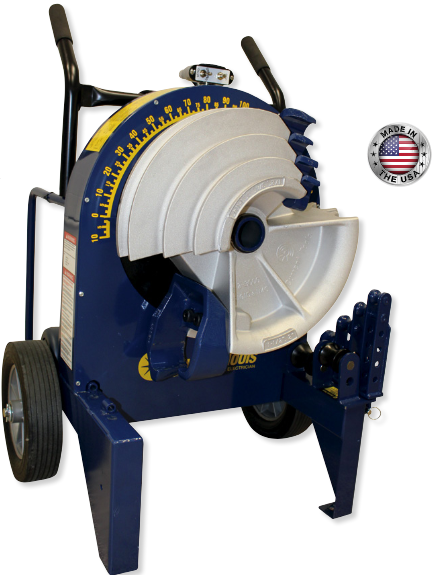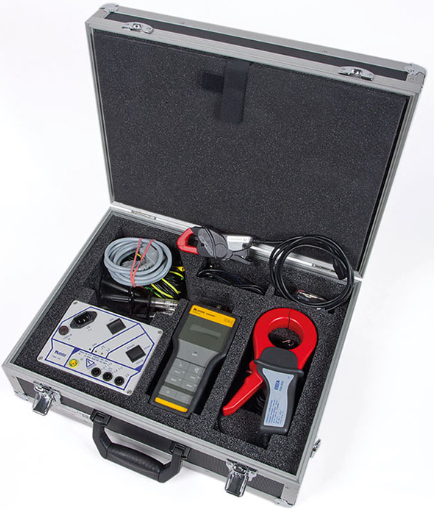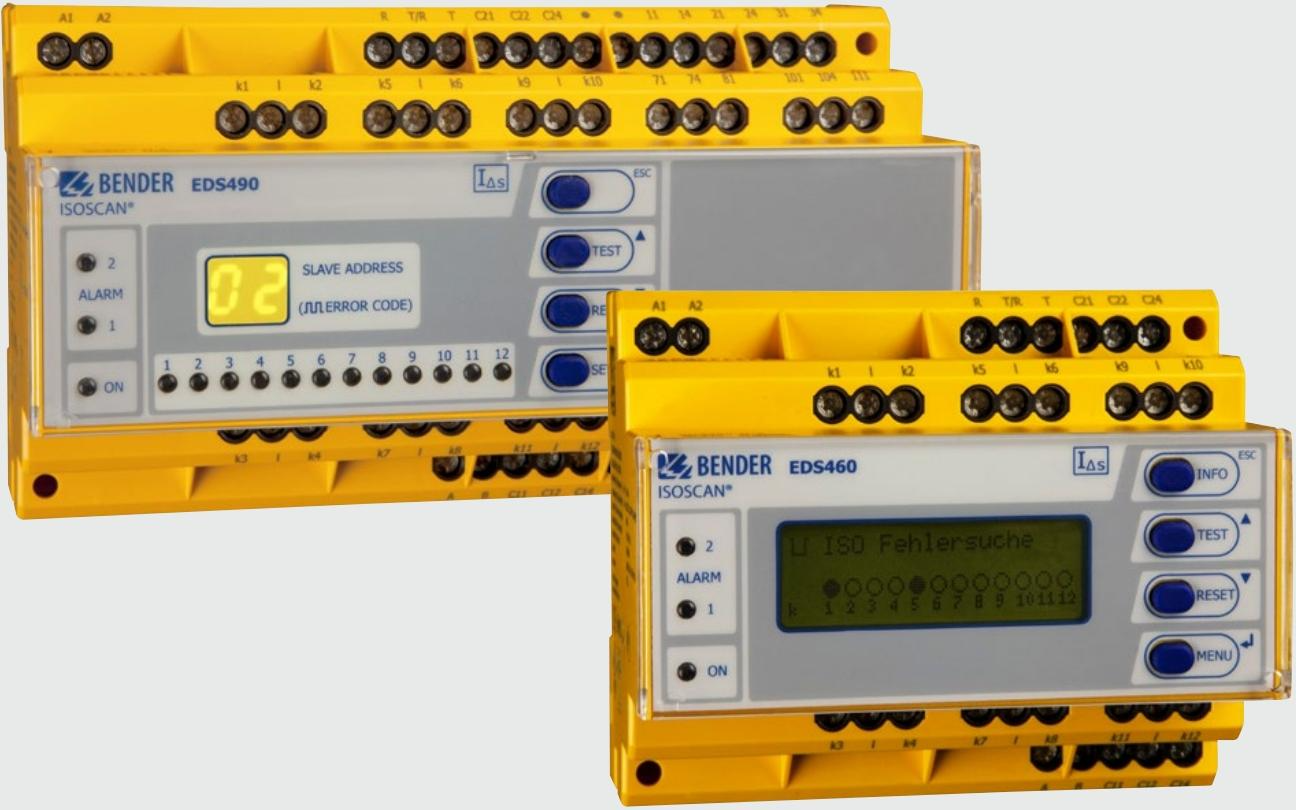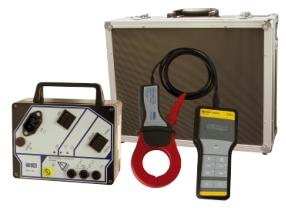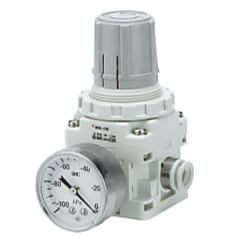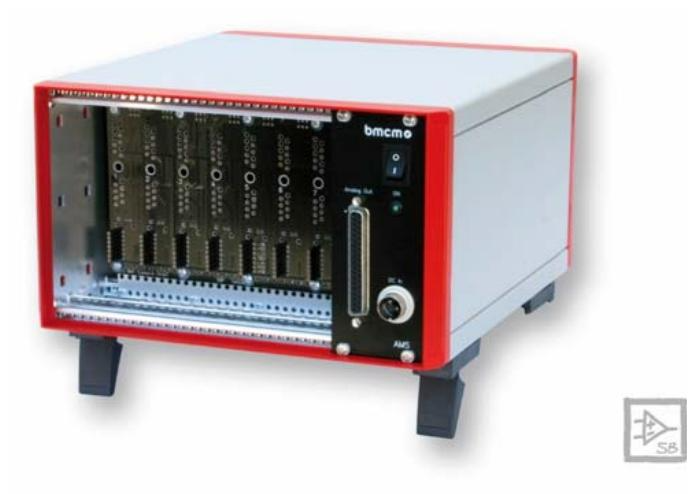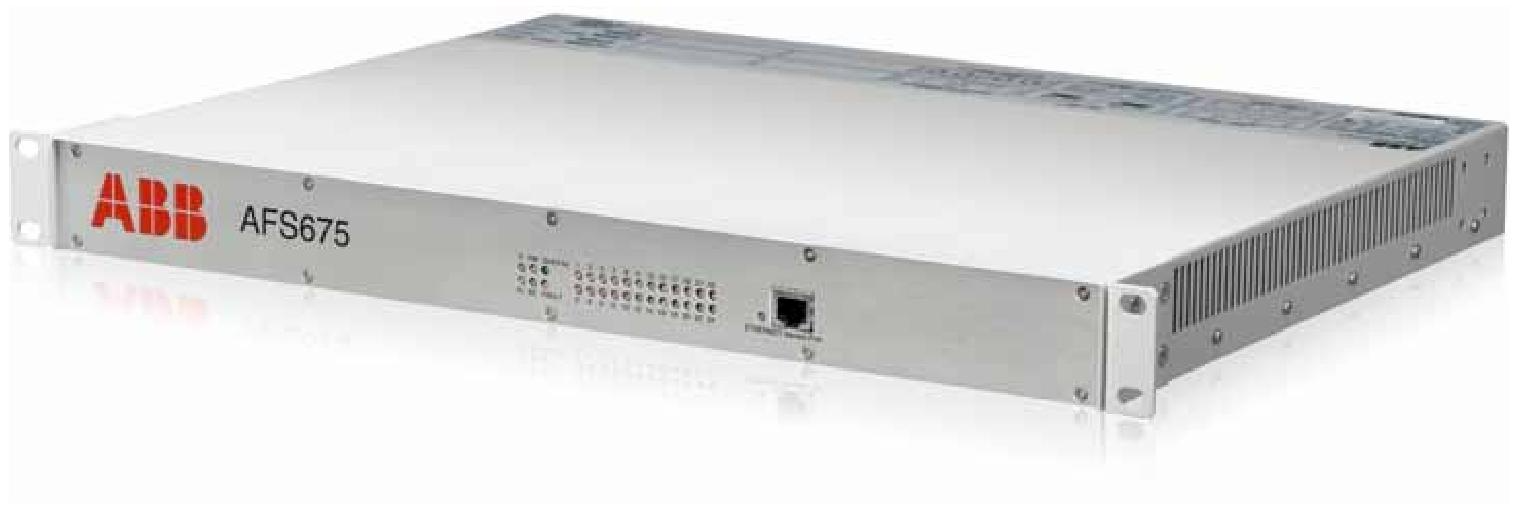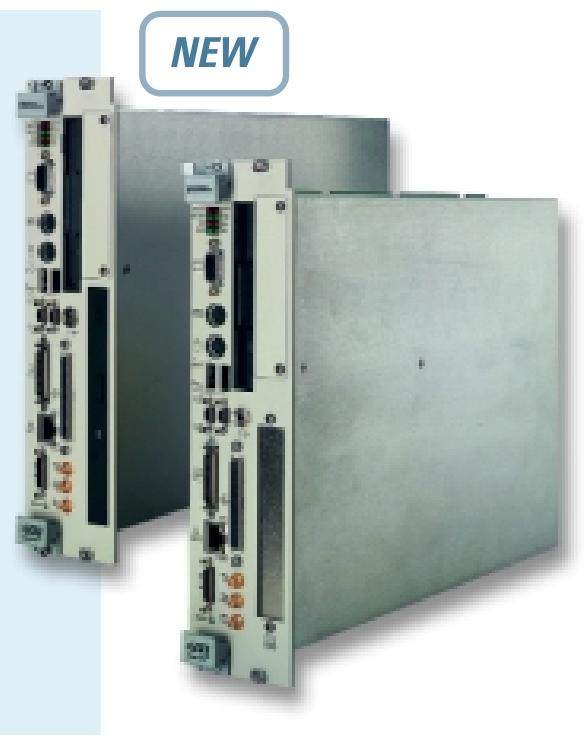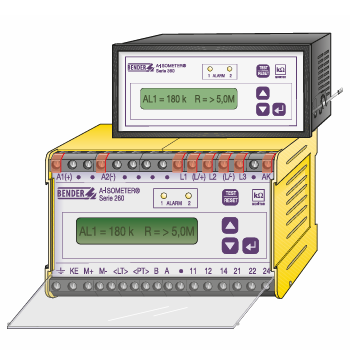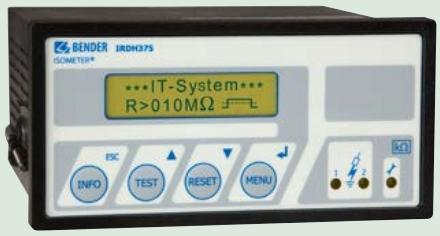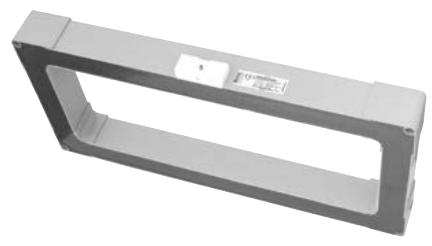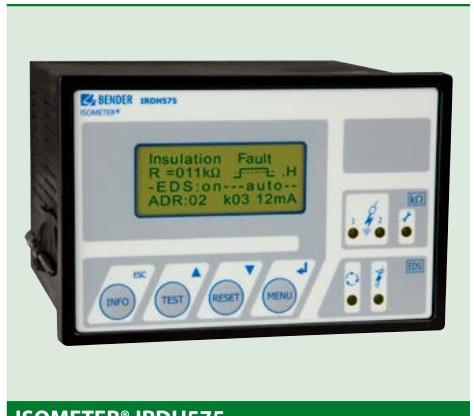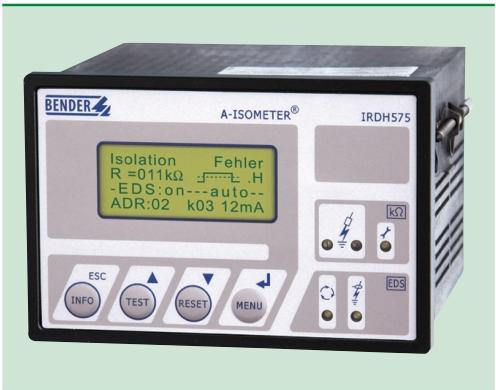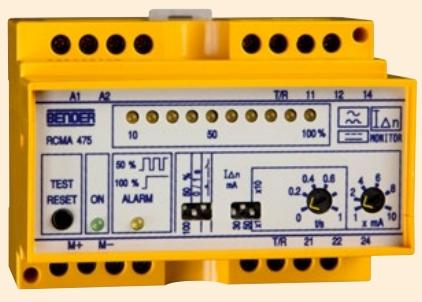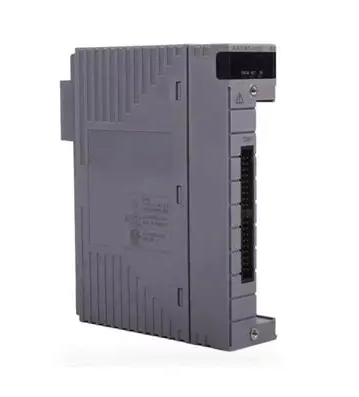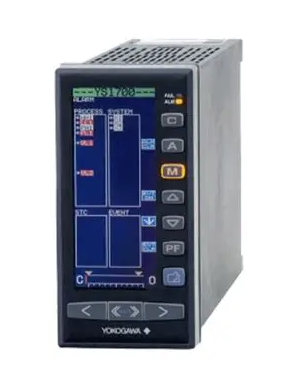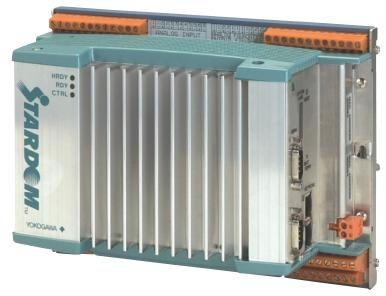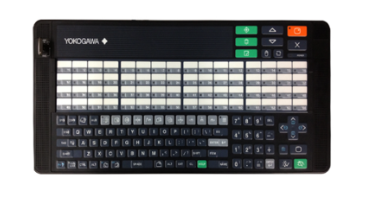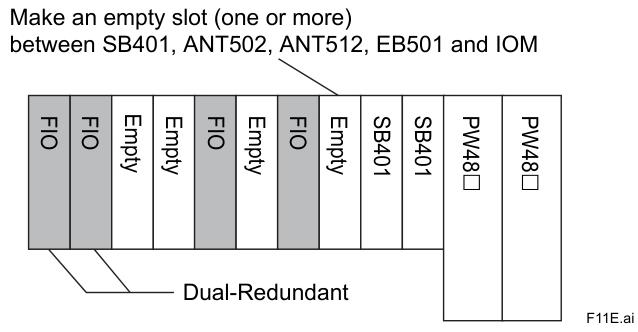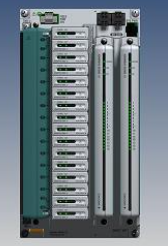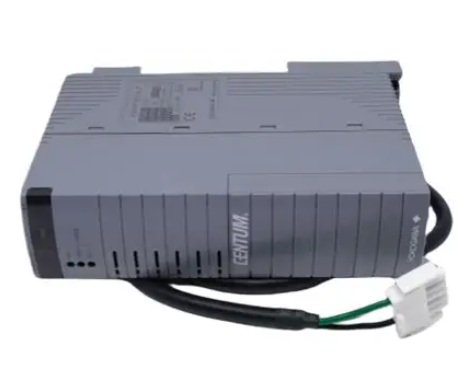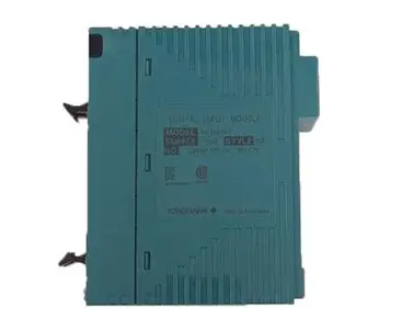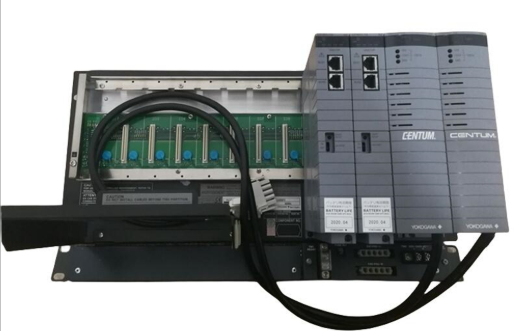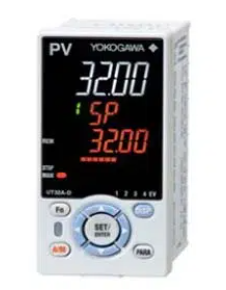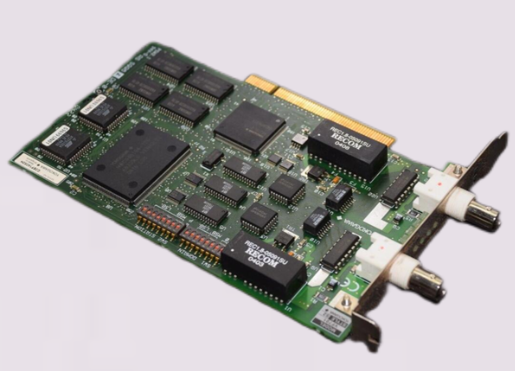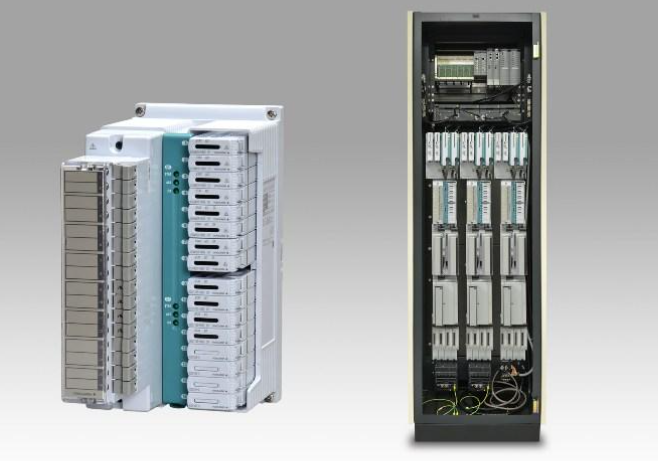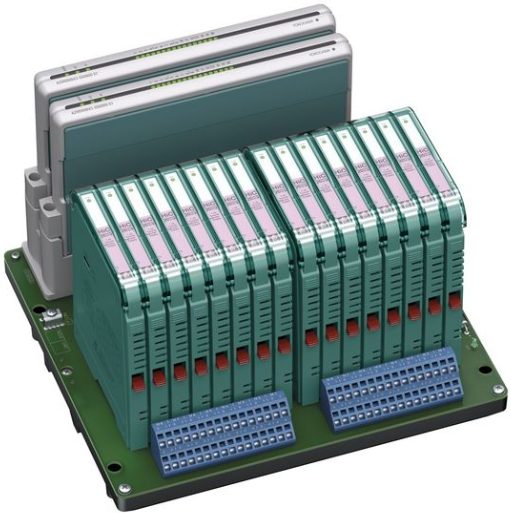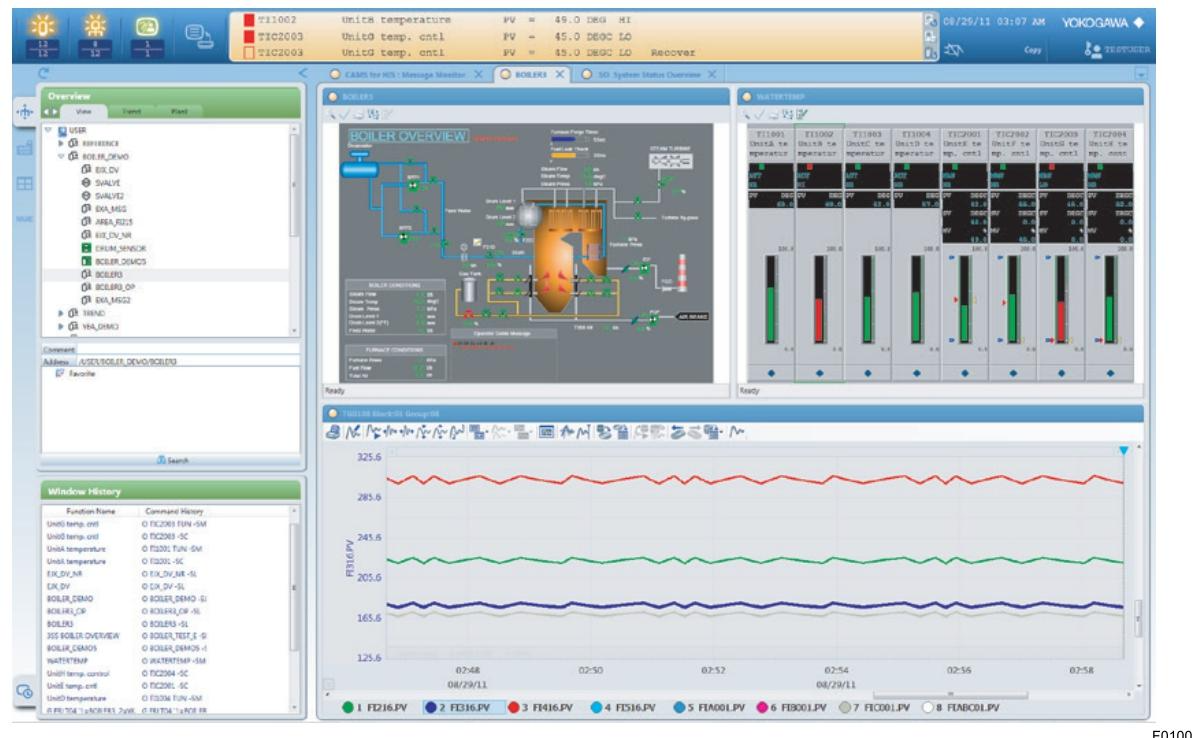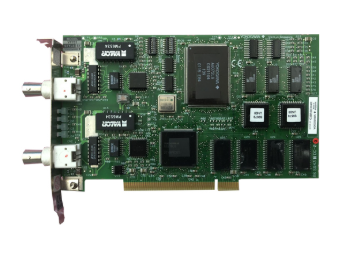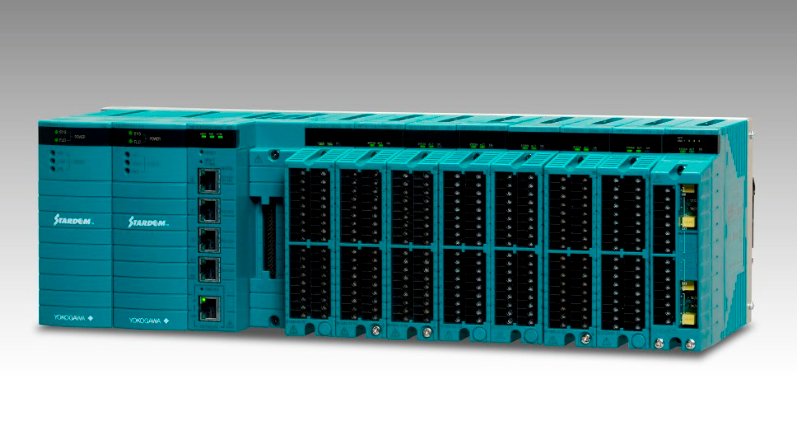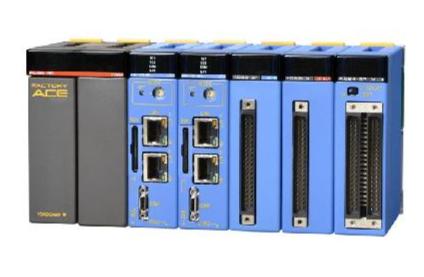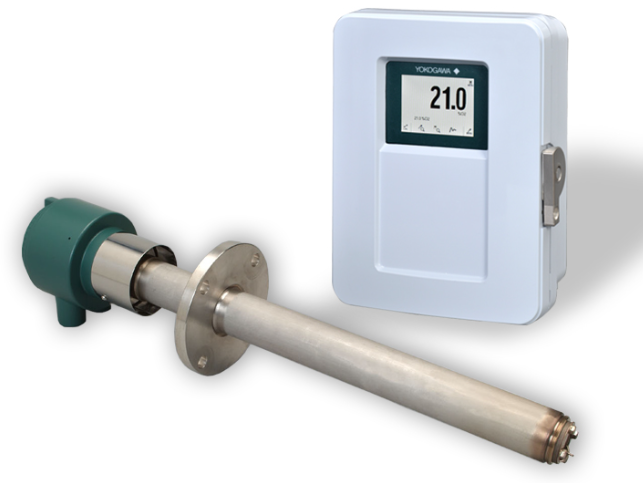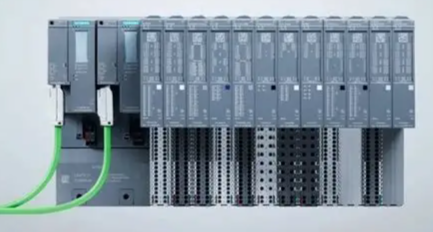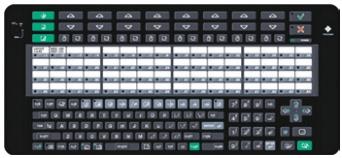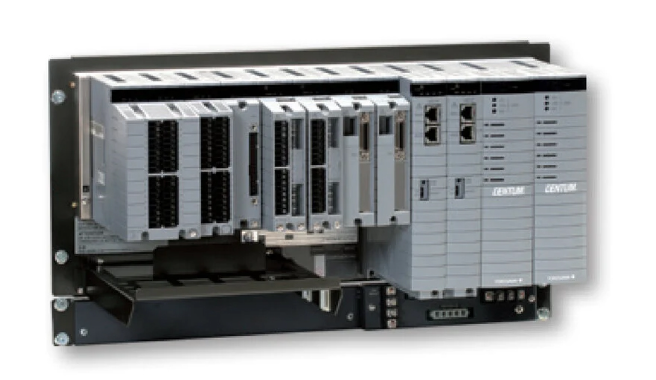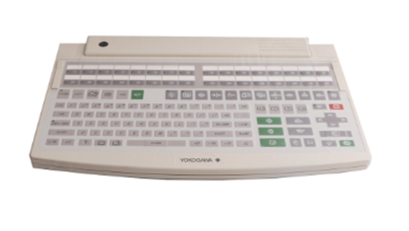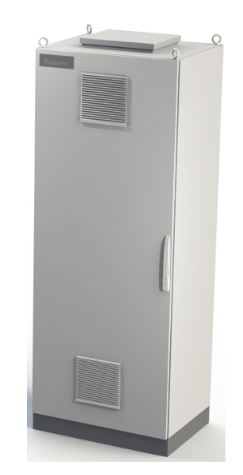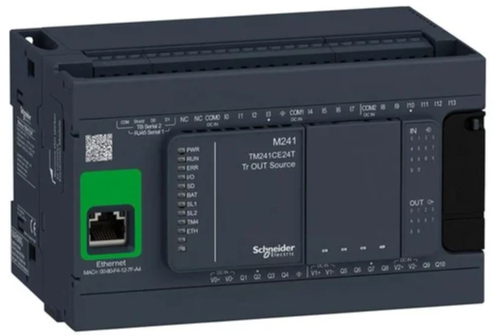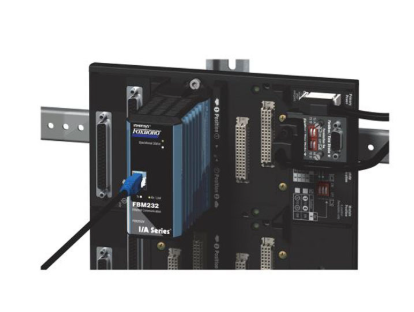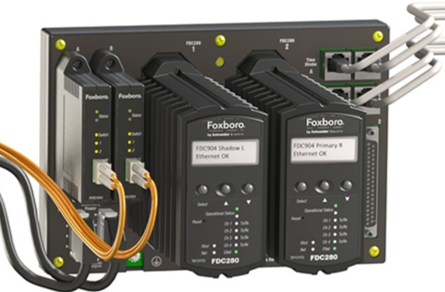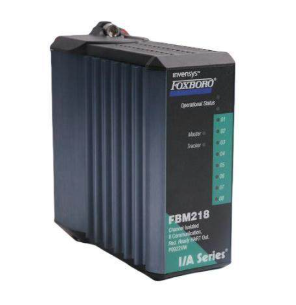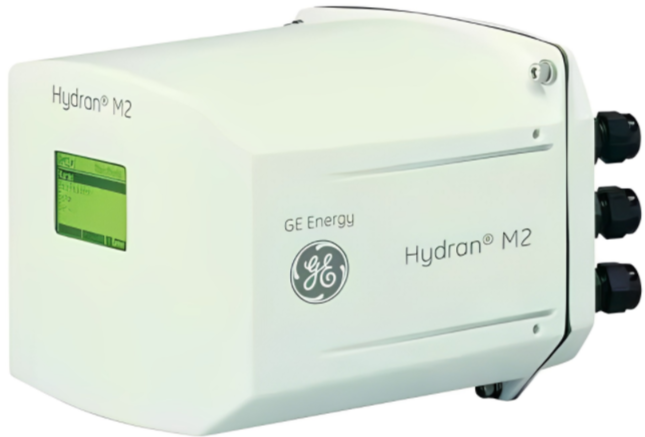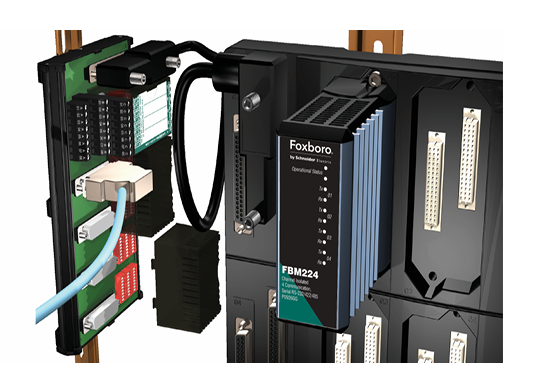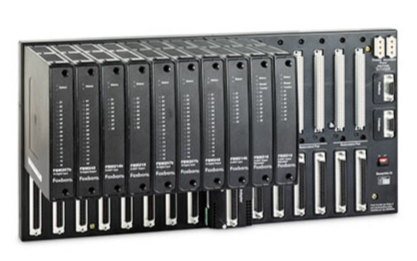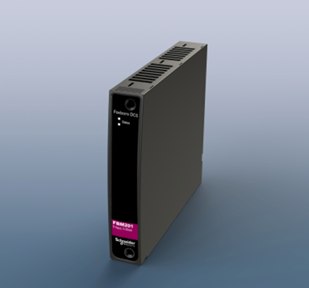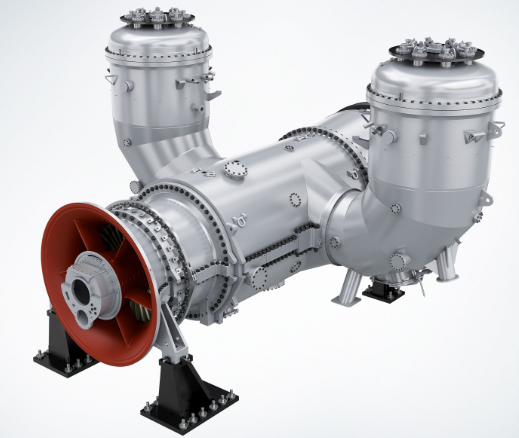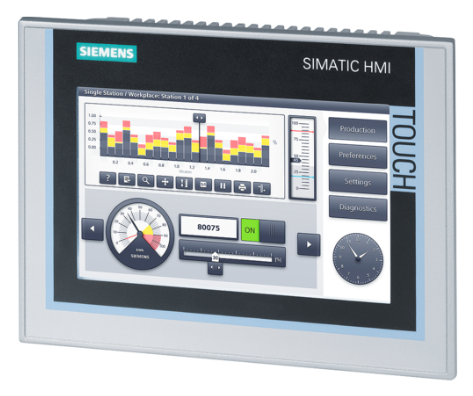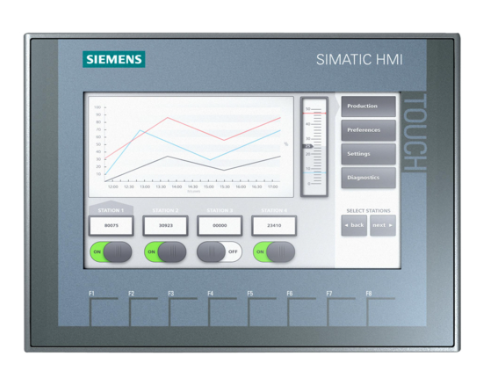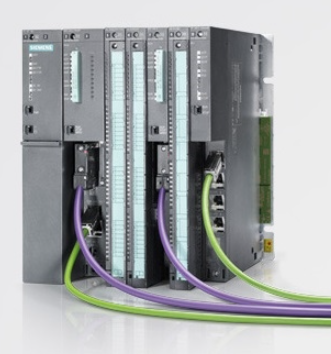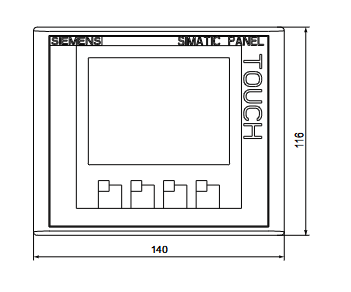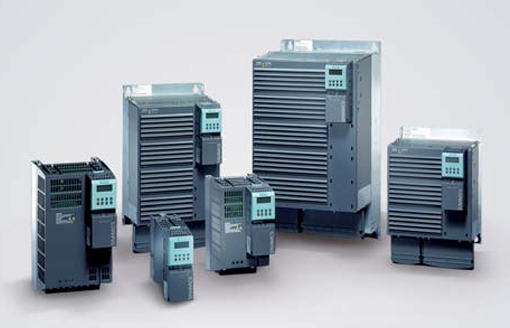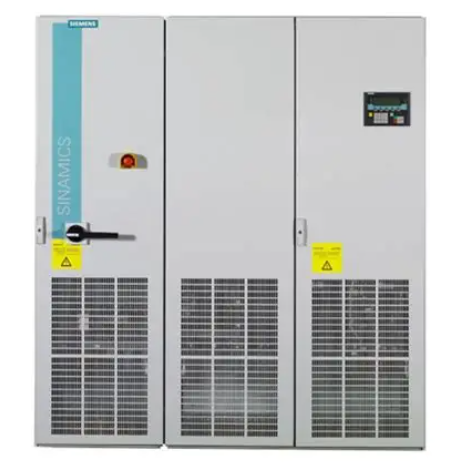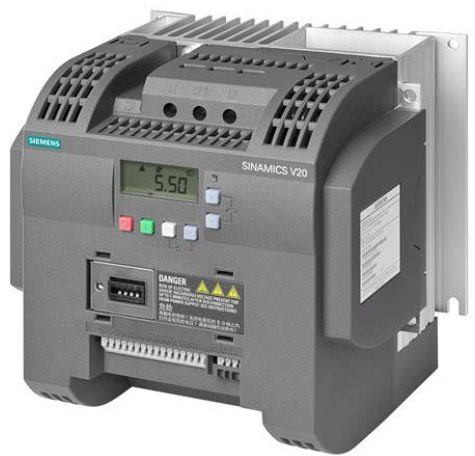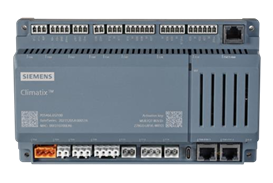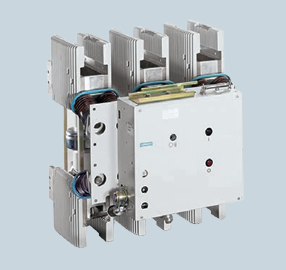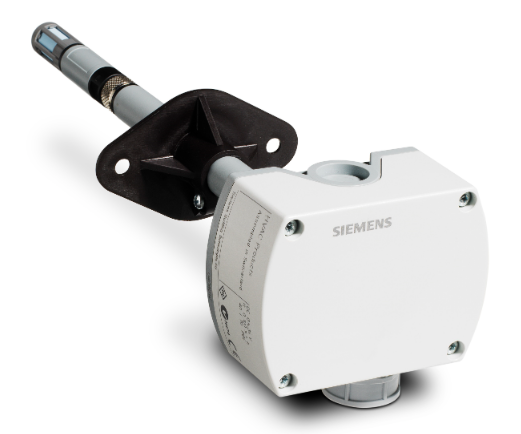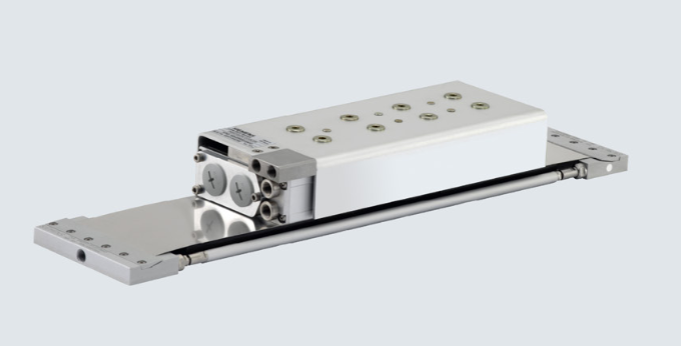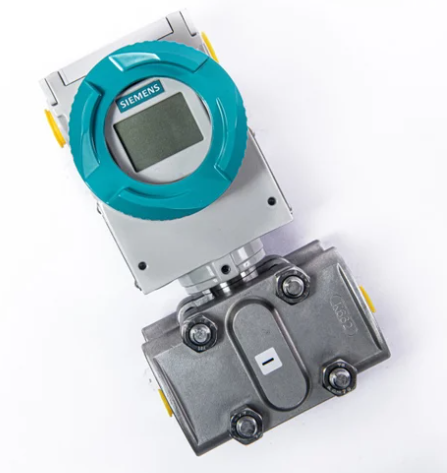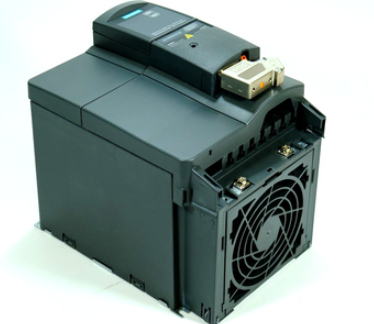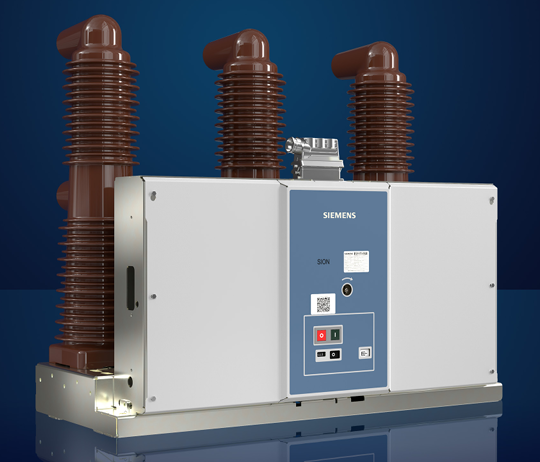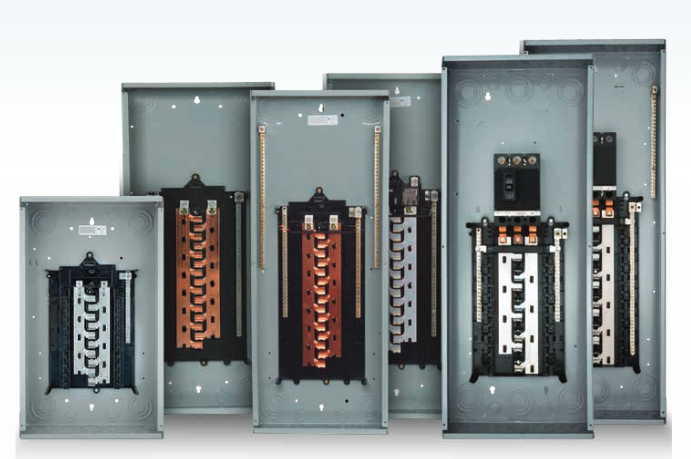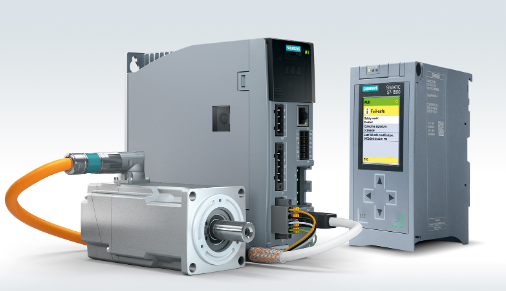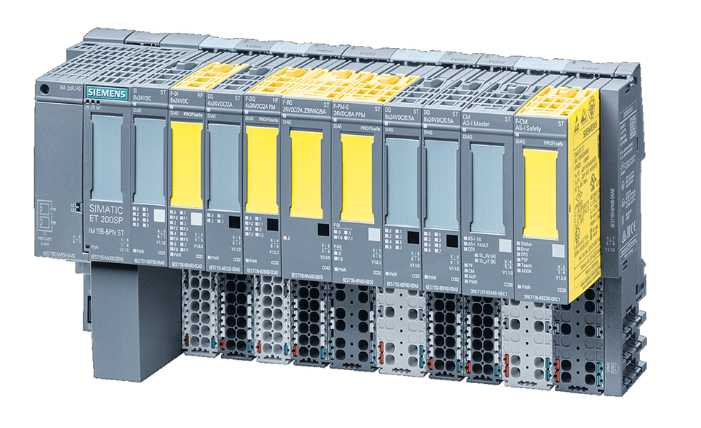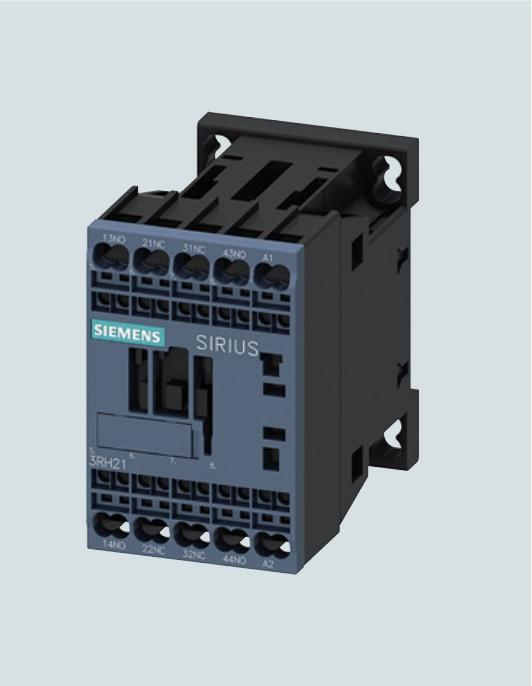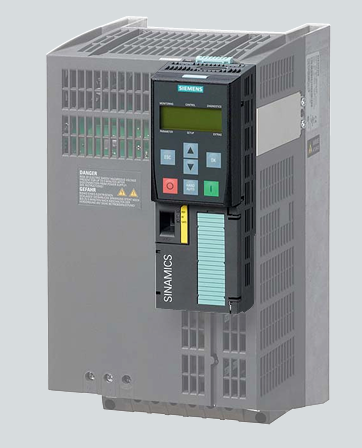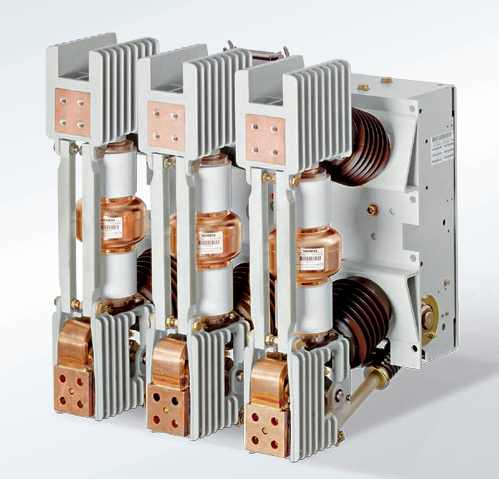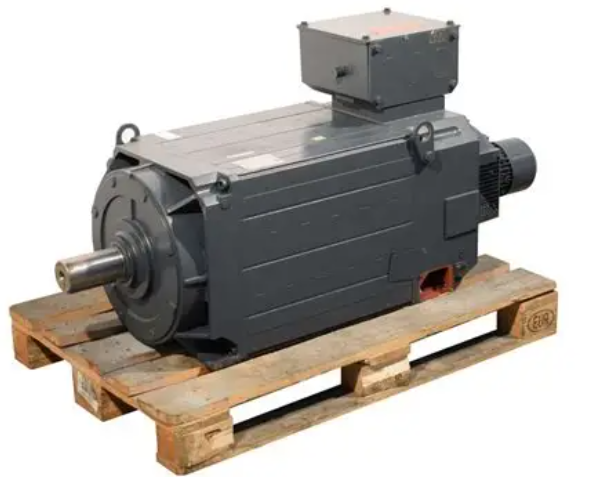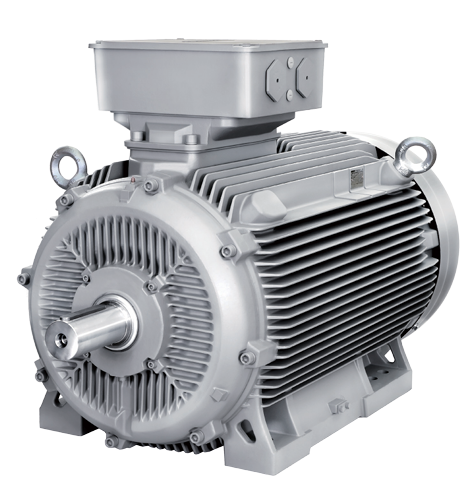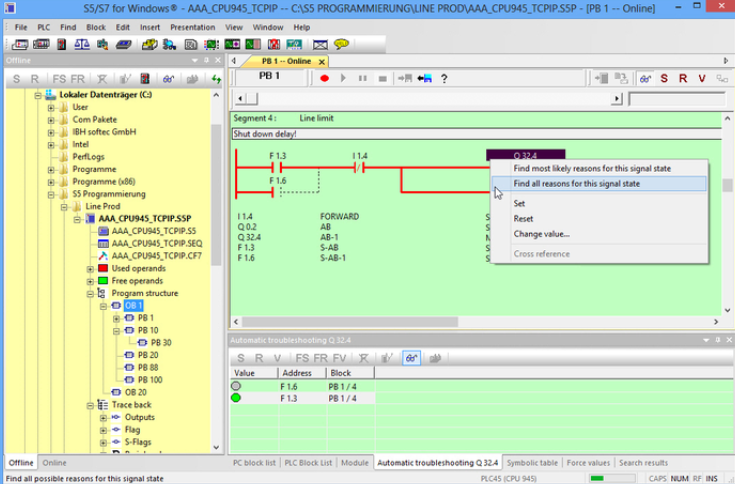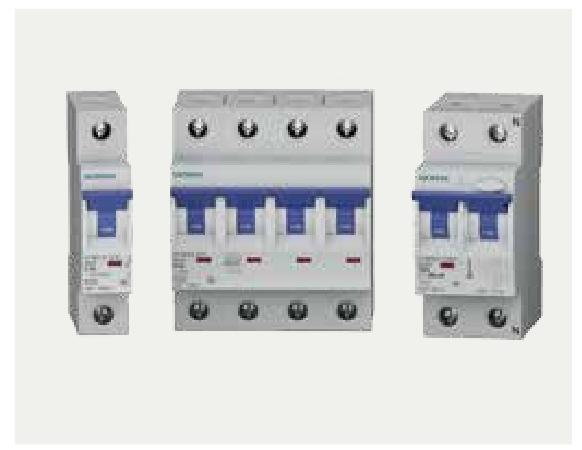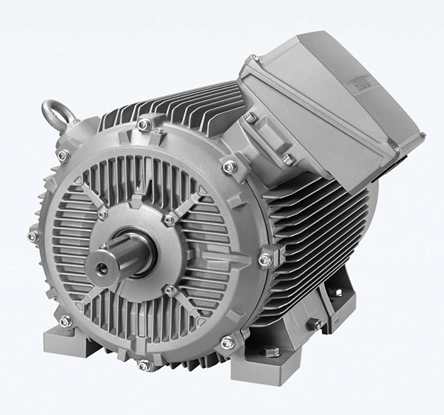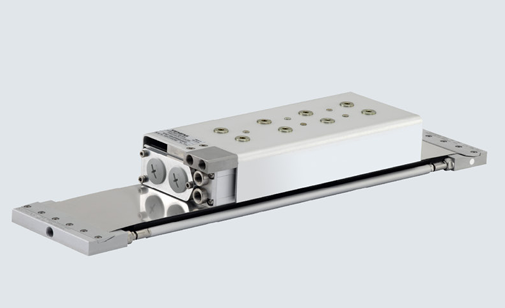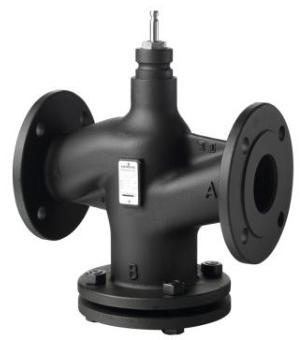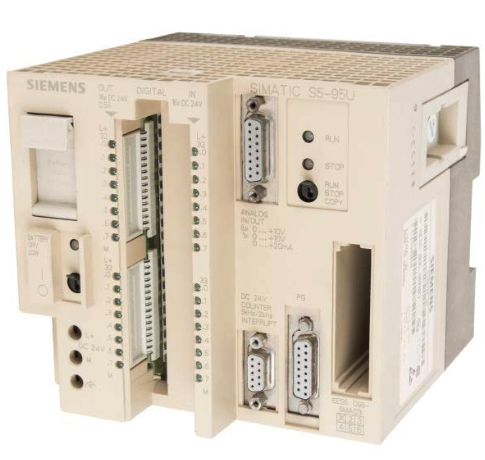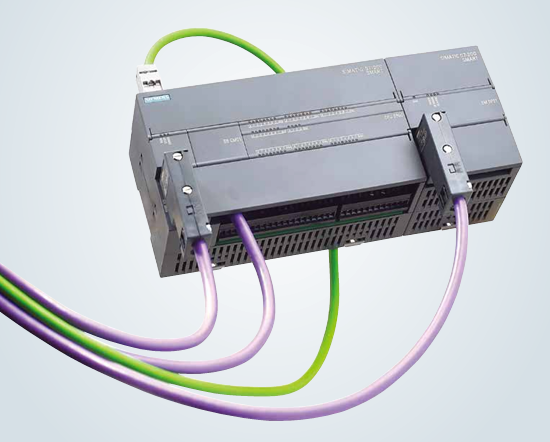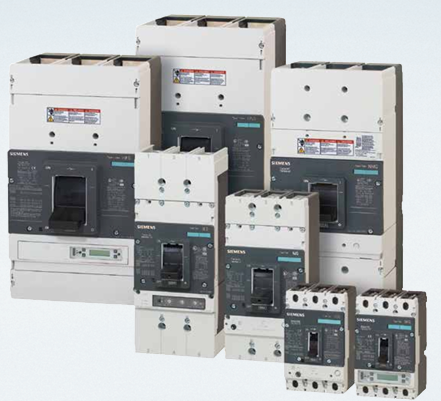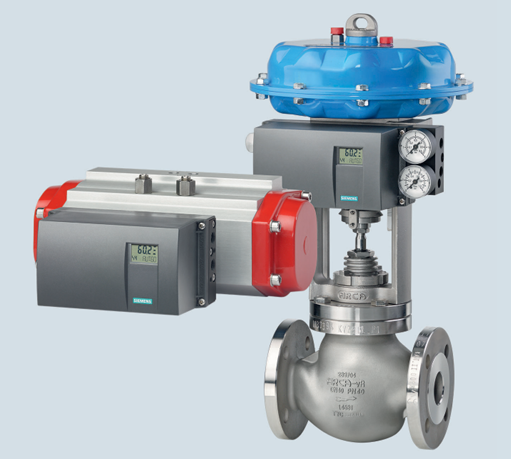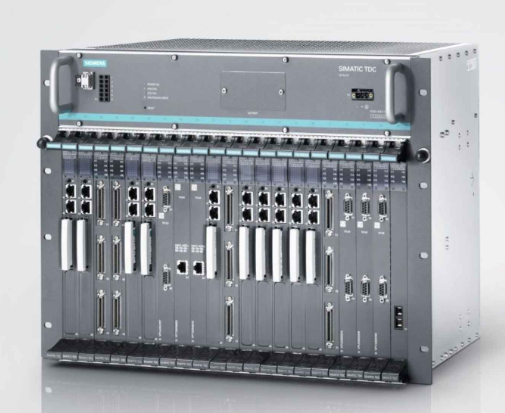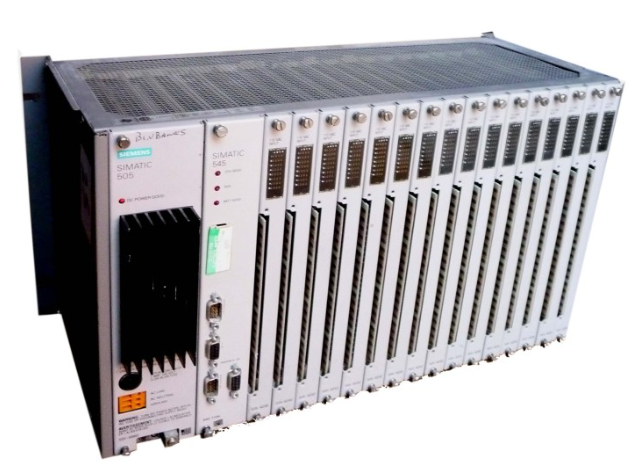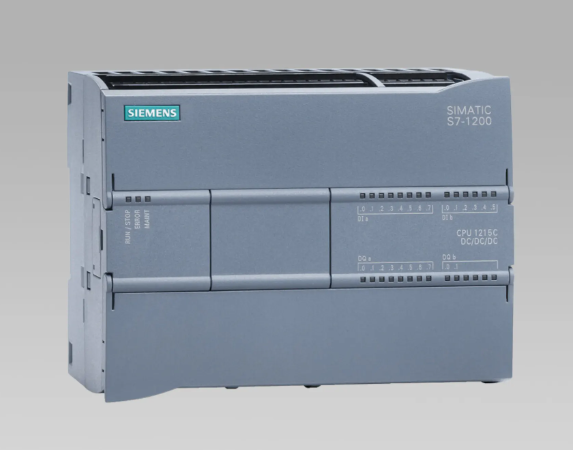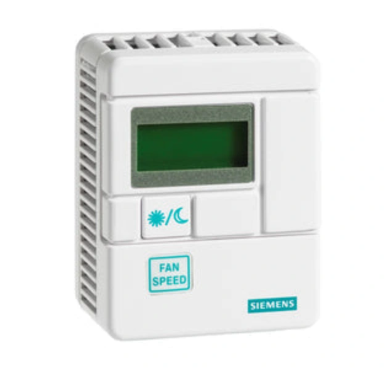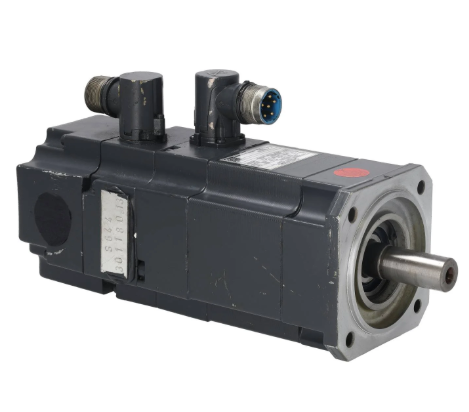

K-WANG


- Telephone:+86-15305925923
- contacts:Mr.Wang
- Email:wang@kongjiangauto.com
ABB RLY-100 Auxiliary Relay Module - Harmony Block I/O
Overview of ABB RLY-100 Auxiliary Relay Module
Product Definition and Function: ABB RLY-100 Auxiliary Relay Module belongs to Harmony Block I/O series, which is an important component in industrial automation control system. It is mainly used to extend the relay output function of the system, through receiving signals from the control system to control the action of the internal relay, and then control the external equipment (such as motors, valves, indicators, etc.), to achieve the logic control of industrial processes and signal isolation.
Working Principle
Signal reception and processing: The module receives control signals through the connection interface with the control system (e.g., digital output channel), which are usually digital level signals (e.g., a high level indicates that the relay is engaged, and a low level indicates that the relay is released). Once received, the signals are buffered and processed by circuitry within the module to ensure signal stability and reliability. At the same time, the module may perform some simple logic judgement on the signal (e.g. logic operation such as with, or, not), which depends on the configuration of the module and the application requirements.
Relay Drive and Output: The processed signals are used to drive the internal relays. When the control signal energises the relay coil, the contacts of the relay are actuated, e.g. normally open contacts close and normally closed contacts open. These contacts can be connected to the control circuits of external devices to achieve control of external devices. The output contacts of the relay have a certain electrical capacity and can withstand a certain voltage and current to ensure that the external equipment can be controlled properly. For example, it can work reliably within a certain voltage (e.g. 24V DC, 220V AC, etc.) and current (e.g. a few amperes).
Signal Isolation Function: An important feature of the module is signal isolation. Relays physically isolate the control system from the circuitry of external devices, which means that electrically there is no direct electrical connection between the control system and the external device (except through the contacts of the relay). This isolation prevents damage to the control system caused by electrical faults in external equipment (e.g. short circuits, overvoltages, etc.), and also reduces the effect of external interference (e.g. electromagnetic interference) on the control system, improving the reliability and stability of the system.
Performance features
High Reliability Relay Output: The internal relays have high reliability and can work stably under frequent actions and different industrial environments. Relays typically have an electrical life of tens of thousands of actions or more and a long mechanical life, which ensures reliable control of external devices in long-term industrial applications. For example, in automated production lines with frequent control of starting and stopping motors or opening and closing valves, relays are able to perform their tasks consistently.
Multi-Channel Output Design: Typically featuring multiple relay output channels, the number of channels may vary from 4 - 16 depending on the module model. This multi-channel design allows for simultaneous control of multiple external devices, increasing the control flexibility and expandability of the system. For example, in a complex industrial control system, one module can be used to simultaneously control the status of multiple motors, multiple valves or multiple indicator lights, facilitating centralised management and control of multiple devices.
Flexible configuration and application: It can be flexibly configured according to specific application requirements. For example, the user can adjust the action mode of the relay (such as the use of normally open or normally closed contacts), the type of output signal (such as level output or pulse output) and so on through some settings on the module (e.g., dip switches, jumpers and other ways). At the same time, the module's input signals are more compatible with the control system, and can adapt to a variety of different control signal types and level standards.
Superior electrical isolation performance: As mentioned earlier, its signal isolation performance is an important advantage. The isolation voltage can reach thousands of volts (e.g. 1kV - 5kV), which effectively prevents electrical interference and fault propagation between external devices and the control system. This is particularly important in industrial environments where there is strong electromagnetic interference or where there are large differences in the electrical characteristics of the equipment.
Technical parameters
Input parameters (control signals)
Input signal type and level standard: can receive various types of digital control signals, such as TTL (transistor-transistor logic) level, CMOS (complementary metal-oxide-semiconductor) level, TTL level high level range is generally 2V - 5V, low level range is 0V - 0.8V; CMOS level range varies according to the specific device.
Number of Input Channels: Corresponding to the relay output channels, there is generally one input control channel for each relay, and the number of channels is usually 4 - 16.
Output parameters (relay outputs)
Number of output channels: typically 4 - 16, each channel corresponds to one relay output.
Output contact type and capacity: Relay output contacts include normally open contacts and normally closed contacts. The rated voltage of the contacts can range from 24V DC to 220V AC or higher, and the rated current ranges from a few amperes (e.g. 1A - 5A), which can meet the control needs of most industrial equipment.
Output Response Time: The response time of a relay's operation is typically in the range of a few milliseconds (ms) to tens of milliseconds, depending on the type of relay and load characteristics. When receiving a control signal, the relay is able to complete the action of the contacts in a short period of time, thus achieving fast control of external devices.
Electrical isolation parameters
Isolation Voltage: The isolation voltage between the output relay contacts and the input control circuit can reach 1kV - 5kV, effectively preventing electrical interference and fault propagation.
Physical Parameters
Dimensions: The external dimensions are generally designed according to the installation requirements, the length may be between 10cm - 20cm, the width between 5cm - 10cm and the thickness between 3cm - 8cm, which is easy to be installed in the standard card slot of the control cabinet or the installation position of the equipment.
Weight: Light weight, usually between 100g - 500g, will not cause excessive burden on the overall weight and installation of the equipment.
Environmental parameters
Operating temperature range: can work in a wide range of temperature, generally - 20 ℃ - + 60 ℃, can adapt to different industrial site temperature conditions.
Humidity range: Relative humidity range is usually 10% - 90% (non-condensing), ensuring normal operation in different humidity environments.
Application Areas
Industrial automated production line control: In automated production lines, it is used to control the start/stop and state switching of various equipment. For example, to control the start and stop of conveyor belt motors, to switch the working mode of robots, to change the tool of machining equipment, and so on. Through the relay output signal to drive the contactor or relay of external equipment, and then control the motor, solenoid valve and other equipment to achieve the automatic operation of the production line.
Process control system: In the chemical, pharmaceutical, food and beverage and other process control industries, it is used to control the opening and closing of valves, the start and stop of pumps and other operations. For example, in chemical production, according to the needs of the reaction process, the output signal of the module is used to control the opening and closing of the inlet and outlet valves, as well as the starting and stopping of the stirring motor of the reaction kettle, so as to realise the precise control of the production process.
Building automation and facility management: In building automation systems, it is used to control lighting systems, HVAC (heating, ventilation and air conditioning) systems, and so on. For example, by controlling the switching on and off of lighting fixtures and the starting and stopping of fans and compressors in air-conditioning units, energy-saving management and comfort control of buildings is realised.

| User name | Member Level | Quantity | Specification | Purchase Date |
|---|






